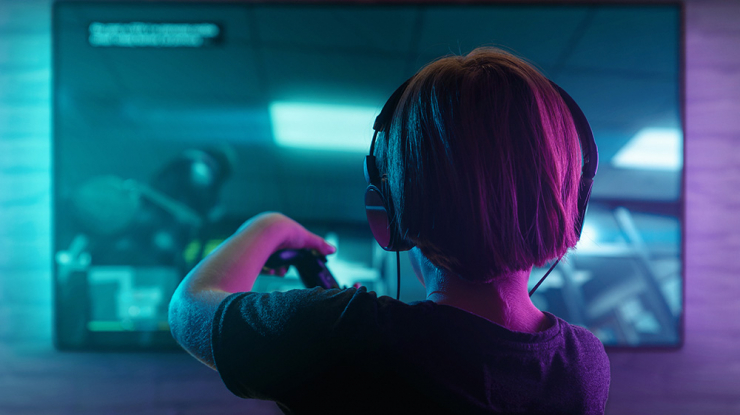The research on “playing and learning” occupies an important role in education and psychology, because playing is a central space for experience that children and adolescents occupy. They develop emotional and cognitive abilities through play. They train their motor skills and sensory perception, build up self-confidence and learn important social behaviors. At the same time, children and young people learn to deal with failure creatively – when it’s still just fun and games. These and other positive findings have led educators to look at digital games’ potential to promote learning. The next step has been the development of a whole new genre: “digital game-based learning”. This refers to digital learning games in which an educational subject matter becomes the object of play.

The potential of digital games for learning is widely discussed. The focus is on the question of whether the learning effects present in analog games can in fact be achieved with digital games. Games can be both invigorating and energizing, but they can also have a calming and relaxing effect. More contemplative or soothing digital games are best for learning, as it’s here that their learning opportunities unfold. Various forms of digital play can correspond to different learning styles: cognitive and tactile as well as visual or auditory. Role-playing games, for example, let children and adolescents explore, experiment and gain experience in ways that their everyday existence might not allow them to do – in case of physical disability or illness.
As studies by (Ritterfeld & Weber) and others have shown, children and adolescents who regularly play computer games also possess capabilities that are essential for learning in school as well: good concentration, high tolerance for frustration, the motivation to improve their won skills, or coping with failure. As with learning games in general, digital games can promote learning, when they are combined with additional learning activities. These can include dealing with learning fundamentals or reflecting on the game together after playing.
And that’s what makes digital game-based learning stand out:
Digital educational games can be categorized into several types. Serious games, digital game-based learning, edutainment, E-learning or multimedia learning are terms, like the Magic Circle, that are prevalent in this context.
Learning can be fun, if it’s interesting. That’s why its especially important in educational games that the structure of play is motivating. So far the research has been limited in terms of understanding the extent to which using digital learning games is actually showing returns. Individual study findings (Ritterfeld & Weber) do suggest that digital games have an effect on educational success and performance motivation: One investigation into the the relationship between technology use and creativity (Computers in Human Behavior) thus revealed that 12-year-olds who play videogames do demonstrably better at creative activities. This is due to the fact, in particular, that players must often search for creative solutions to advance in the game.
 In the video "Gaming - Where the fun stops", you can find out what the positive aspects of gaming are, but also how it can have a negative impact on our society.
Gaming - Where the fun stops
In the video "Gaming - Where the fun stops", you can find out what the positive aspects of gaming are, but also how it can have a negative impact on our society.
Gaming - Where the fun stops
 "Gaming is actually a fun universe... Gaming could be pure happiness, but unfortunately not if you're a Black woman."
Anyone can be who she wants
"Gaming is actually a fun universe... Gaming could be pure happiness, but unfortunately not if you're a Black woman."
Anyone can be who she wants
SCROLLER

